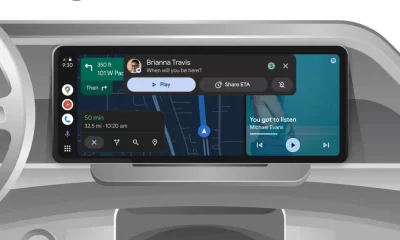Gemini Live expands on Pixel and Samsung: key features and new voices
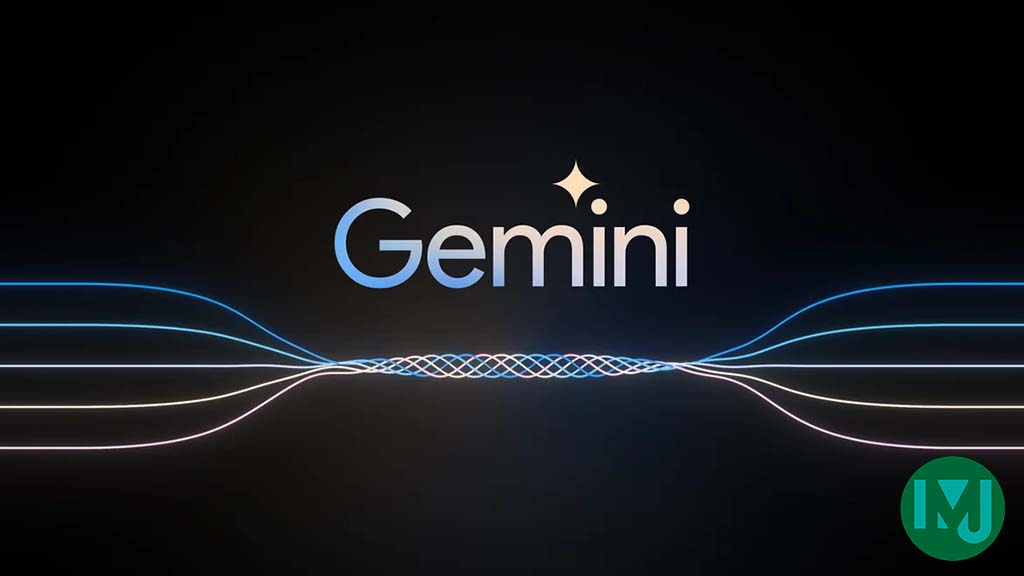
Top 3 Key Points:
- Gemini Live Rollout: Now available on Pixel and Samsung devices.
- Voice Control: New “Gemini Live” feature allows voice commands with customizable voices.
- Easy Navigation: You can talk to Gemini while using your phone or even with the screen off.
Google has begun rolling out its new Gemini Live feature, initially announced at the “Made by Google 2024” event. This feature is now becoming more widely available on Pixel and other Android phones, including Samsung devices.
Gemini Live is a voice-activated feature that helps users explore complex topics just by talking. When activated, you’ll notice a new Gemini Live icon—a waveform with a sparkle—at the bottom-right corner of the Gemini overlay and fullscreen app.
Upon starting Gemini Live, you’ll be greeted with an introductory prompt explaining how to control the conversation. You can easily pause or end the interaction using the large buttons at the bottom of the screen or by saying “stop.” While Google has confirmed that Gemini Extensions, which would allow you to control your phone and other apps like Gmail and YouTube by voice, aren’t available yet, they’re expected to be added soon.
The Gemini Live interface is designed to be user-friendly. You can continue using your phone or even lock the screen while still engaging with Gemini. In these cases, a notification will appear, letting you know the mic is on and offering an option to end Live mode.
After finishing a conversation, Gemini will provide a text transcript of your discussion, which you can find in the “Recent” history list, just like any other text chat. To restart a conversation, simply tap the Live button.
The Gemini Settings menu now includes options to “Interrupt Live responses,” allowing you to interject during conversations, and to choose from 10 different voice options named after constellations, which are available both inside and outside of Live mode.
Currently, Gemini Live is accessible on Pixel and Samsung devices, with a broader rollout across Android underway. The feature requires a Gemini Advanced subscription and supports English globally.
Android
Google updates Gboard emoji kitchen and Android Auto with new features
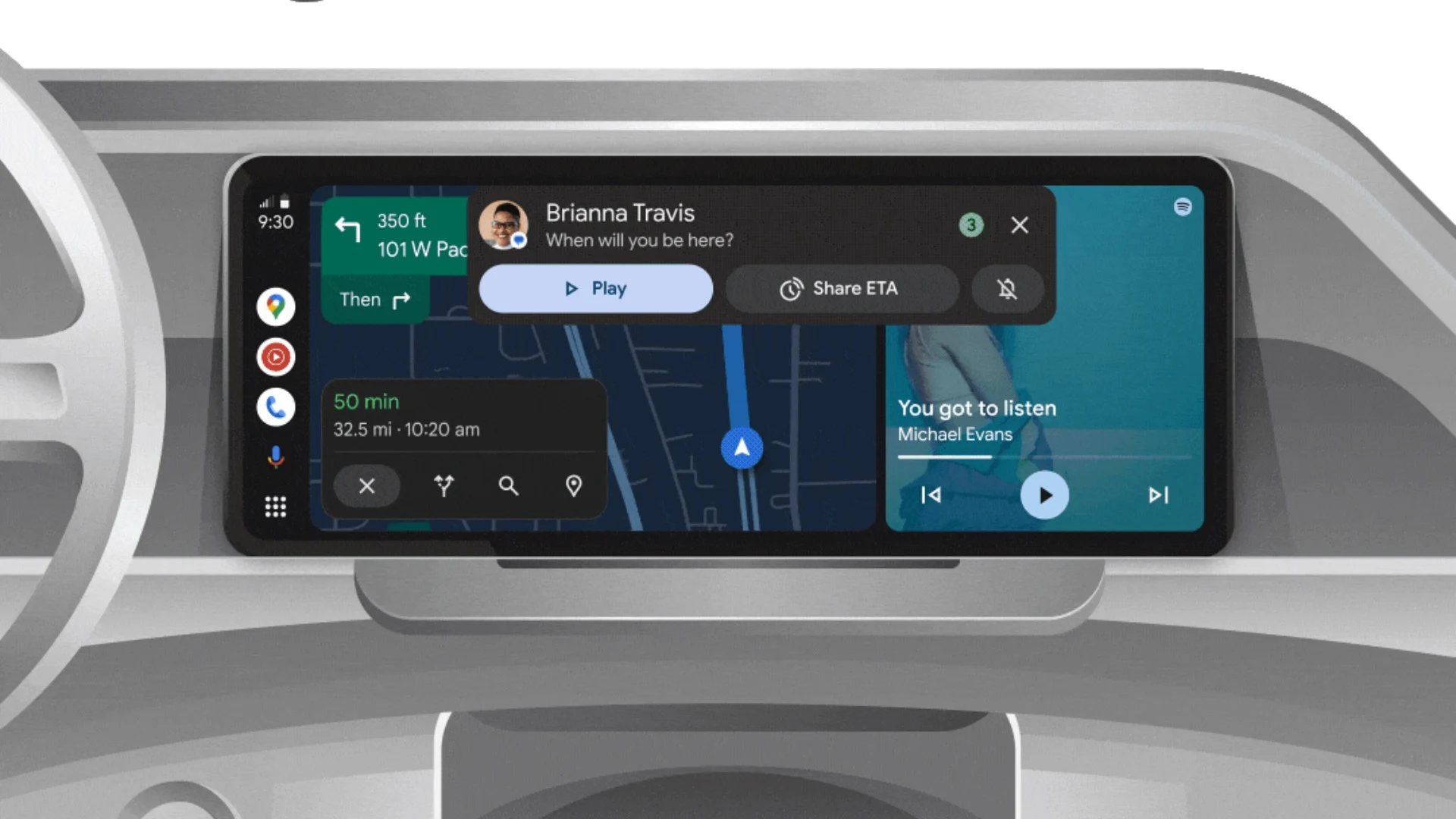
Google is bringing some fresh updates to make Gboard and Android Auto even better.
Starting with Gboard, the Emoji Kitchen now has a new “Browse” section. This makes it easier for users to find different emoji sticker combos. You can tap on any emoji and instantly see all the creative mixes available. Plus, there’s a search bar to help you look for specific stickers. This new feature is rolling out first to Pixel devices, with other Android phones expected to get it in the coming months.
On the other hand, Android Auto is now getting the 14.3 beta update. Although there are no big changes yet, this version mainly focuses on fixing bugs and improving performance. Testers have noticed slight speed improvements, but no new features have been spotted so far. Google might be preparing for bigger changes in future updates.
Both these updates show that Google is working hard to make its apps smoother and easier to use. Gboard’s new browsing tool will make messaging more fun, while Android Auto’s small fixes are important for a better driving experience.
If you have a Pixel phone or are part of the Android Auto beta program, you might already see these updates. Otherwise, they should be available to more users soon.
Android
Android’s Find My Device speeds up with UWB coming soon
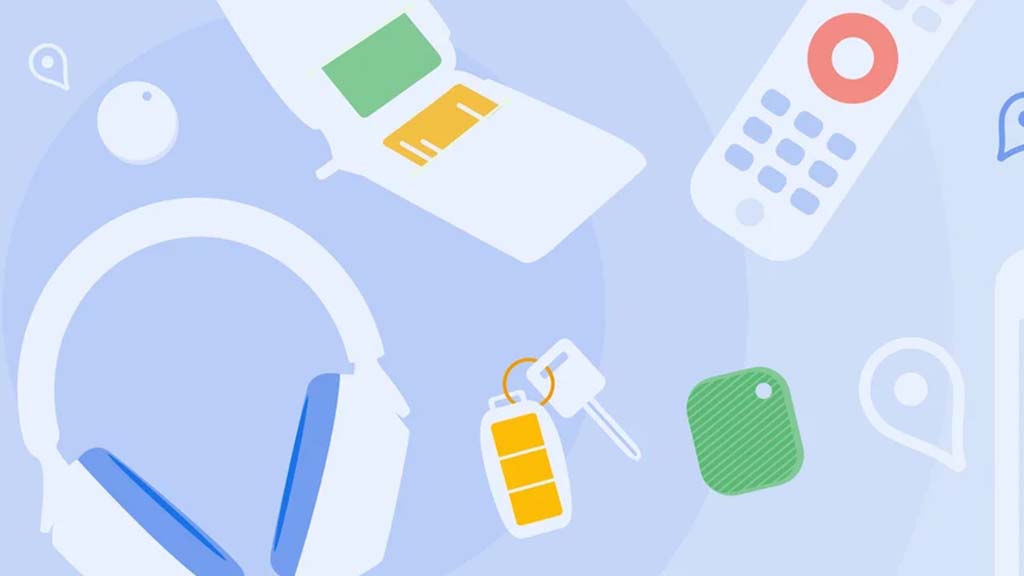
Google’s Find My Device network for Android has gotten a big boost, making it much quicker to locate misplaced items. Recent checks show it’s now four times faster than it used to be, keeping up with Apple’s AirTags in crowded spots like malls or events. For instance, at CES 2025, a tracker tucked in a bag updated its location just as fast as an AirTag nearby. This speed-up is thanks to more Android users turning on tracking for all locations, not only busy areas, which helps the system spot items more reliably.
In less crowded places, the network can still have trouble since fewer Android phones are nearby to share location signals. But Google’s working on this by nudging users through app alerts to enable tracking in quieter spots. Plus, recent updates to tracker software and apps have made connections more stable and accurate.
Looking ahead, Google’s gearing up to roll out ultra-wideband (UWB) technology. This will let you find items with pinpoint accuracy, even within a room, using cool augmented reality (AR) visuals, much like Apple’s setup. The Moto Tag, a tracker ready for UWB, is already available, just waiting for Google to activate this feature. Not all Android phones support UWB yet, but future models like the Pixel 10 might include it. These changes prove Google’s determined to make its Find My Device network a top choice for tracking lost stuff.
Gmail and Google Photos get new design and useful updates
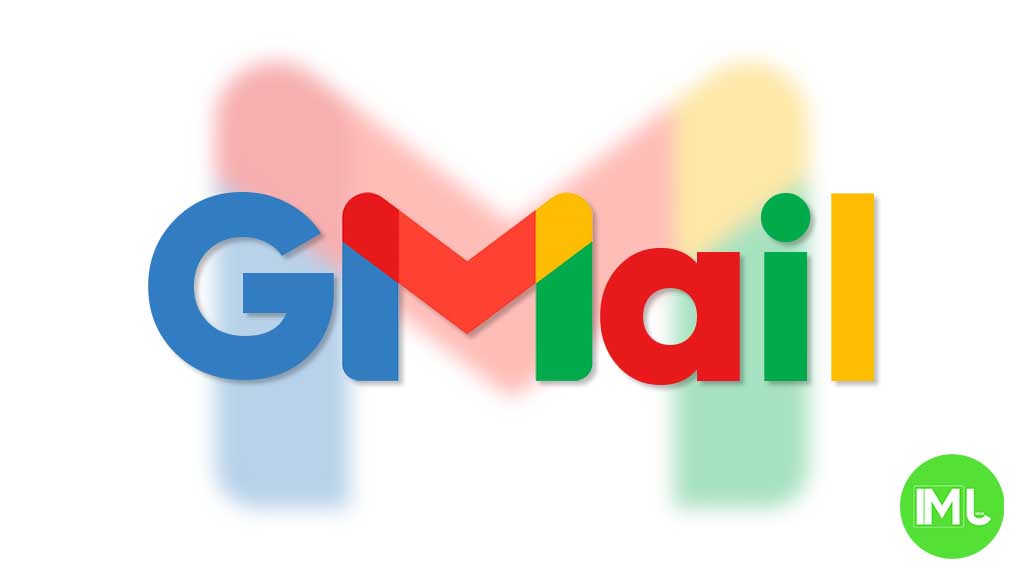
Google is giving Gmail and Google Photos some fresh updates to make things easier and more user-friendly.
First, Gmail on the web is now getting a new layout option. You can choose between “Cozy,” “Comfortable,” or “Compact” views based on how much space you want between your emails. Google is also adding a setting to control whether your inbox and labels stay on screen or only show up when needed. These changes make it easier to personalize how Gmail looks and feels.
Meanwhile, Gmail for iPhone is getting a visual upgrade. The app now uses Google’s updated design style called “Material 3.” You’ll notice a cleaner look with a rounded search bar at the top, smoother icons, and better spacing. Although the bottom bar and buttons look mostly the same, the overall design feels more modern and easier on the eyes.
Lastly, Google Photos is bringing back a helpful feature. The classic search shortcut that appears in the bottom bar is returning, making it quicker to find your photos. Before this, the shortcut had been removed when Google added the new “Memories” tab. Now, both features work together, letting you browse memories and search with ease.
These updates aim to make Google’s apps feel more useful, clean, and easier to use on both desktop and mobile.
-

 Apps1 year ago
Apps1 year agoGboard Proofread feature will support selected text
-

 News1 year ago
News1 year agoSamsung USA crafting One UI 6.1.1
-

 News1 year ago
News1 year agoBreaking: Samsung Galaxy S22 may get Galaxy AI features
-

 News1 year ago
News1 year agoSamsung Galaxy S23 Ultra with One UI 6.1 and all S24 AI features revealed
-

 News1 year ago
News1 year agoOne UI 6.1 Auracast (Bluetooth LE Audio) feature coming to many Samsung phones
-

 News1 year ago
News1 year agoSatellite SOS feature coming to Google Pixel phones, evidence leaked
-

 Apps11 months ago
Apps11 months agoGoogle’s fancy new Weather app is finally available for more Android phones
-

 News1 year ago
News1 year agoGoogle Pixel evolves as Europe’s third best selling flagship

